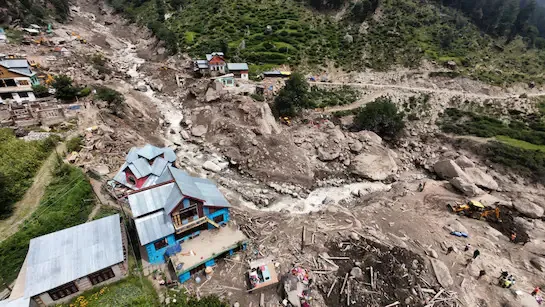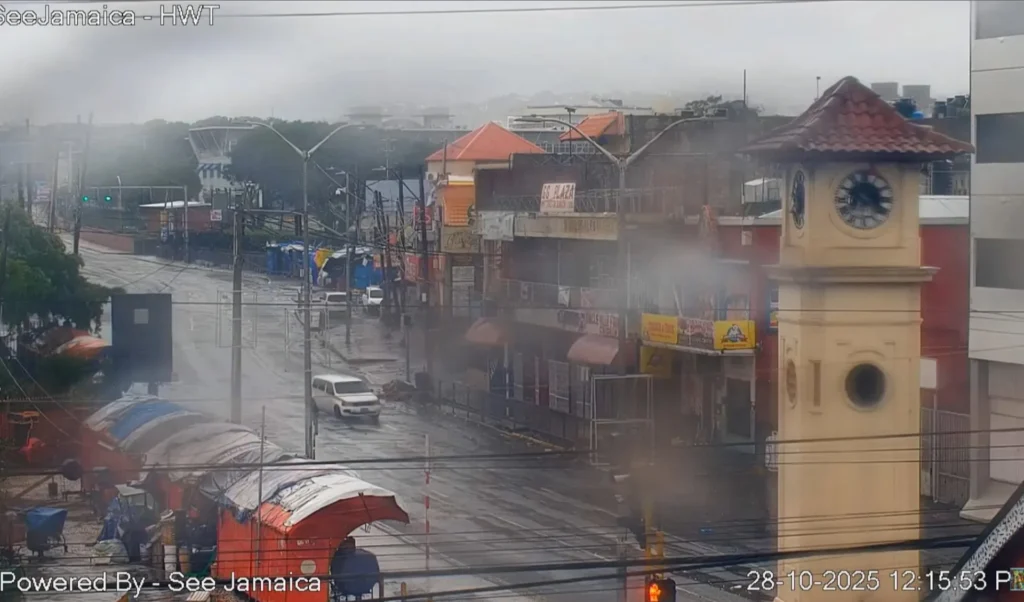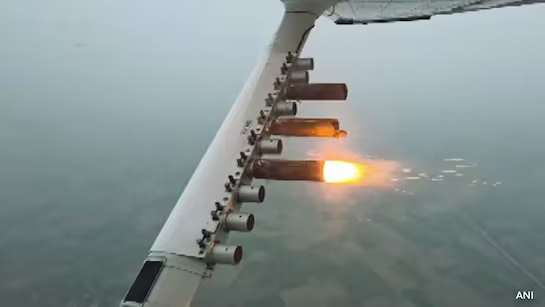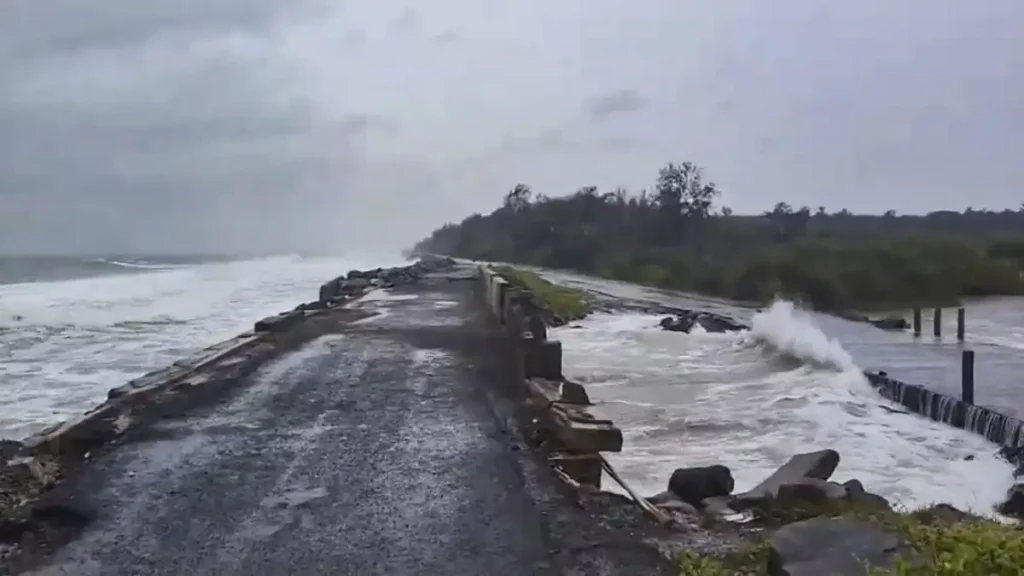Now Reading: Cloudburst Strikes Chamoli: Six Homes Collapse, Five Feared Missing
-
01
Cloudburst Strikes Chamoli: Six Homes Collapse, Five Feared Missing
Cloudburst Strikes Chamoli: Six Homes Collapse, Five Feared Missing

A violent cloudburst tore through Nandanagar in Chamoli district late Wednesday night. Six buildings collapsed under the force of sudden rainfall and debris flow. Local officials say five people are missing, several more injured, rescue teams are rushing in from nearby towns. For residents, it’s yet another reminder of how fragile life can be where mountains meet unpredictable weather.
What Happened
The downpour hit Kuntari Lagafali ward of Nagar Panchayat Nandanagar. Within minutes rain turned destructive, debris flowed down slopes, and six residential structures were pulled down. Some people have been rescued alive, but many are still trapped. Search efforts by SDRF, NDRF, local administration are ongoing under challenging conditions of cold, darkness, and mud.
Challenges in Rescue
Steep terrain and continuous rain are making access difficult. Roads are partially blocked or washed out, equipment is being brought in via difficult routes. Visibility is low and risk of further landslides looms, complicating operations. Medical help and ambulances are on site, though evacuations and clearances are slow.
Impact on Local Communities
For people in these remote areas, home is more than shelter—it’s a lifeline of community, local economy, and memories. Loss of homes means more than rebuilding walls—it means displacement, loss of possessions, trauma. Many families are now without safe shelter, and relief camps are being set up. In Tier 2 or hill towns, local infrastructure often lacks resilience against sudden cloudbursts.
Broader Context
Uttarakhand has faced several similar events this monsoon. Mountain weather patterns, deforestation, and unplanned construction all increase vulnerability. Climate variability is showing its effects, and disaster response forces are stretched. Small towns and villages are often the worst hit because resources, warning systems, and infrastructure are thinner there than in metros.
What Authorities Are Doing
The government has issued red alerts for Chamoli and neighbouring districts, urging people to stay alert. Rescue teams from state disaster bodies, along with heavy machinery, are being mobilised. Local administrations are coordinating relief support—food, medical help, temporary shelter—to affected people.
Conclusion
The Chamoli cloudburst is a tragic reminder: nature can strike suddenly, especially in vulnerable terrains. For people in hill districts, the lesson is clear—early warning systems, safer construction, and better awareness matter. As rescue and relief unfold, the real test will be how communities rebuild, how authorities address risk, and whether preparation keeps pace with the rising threat of extreme weather.

























